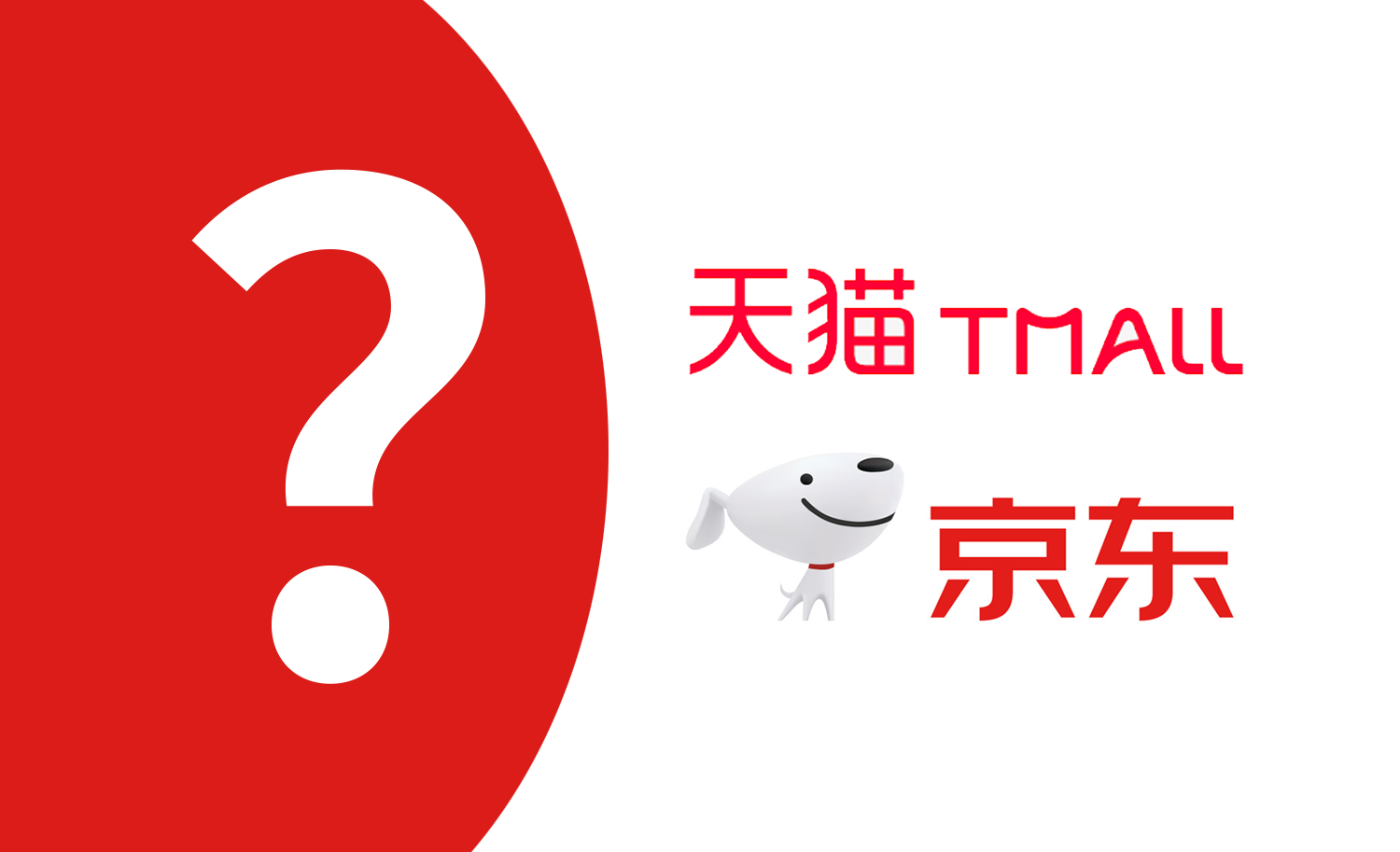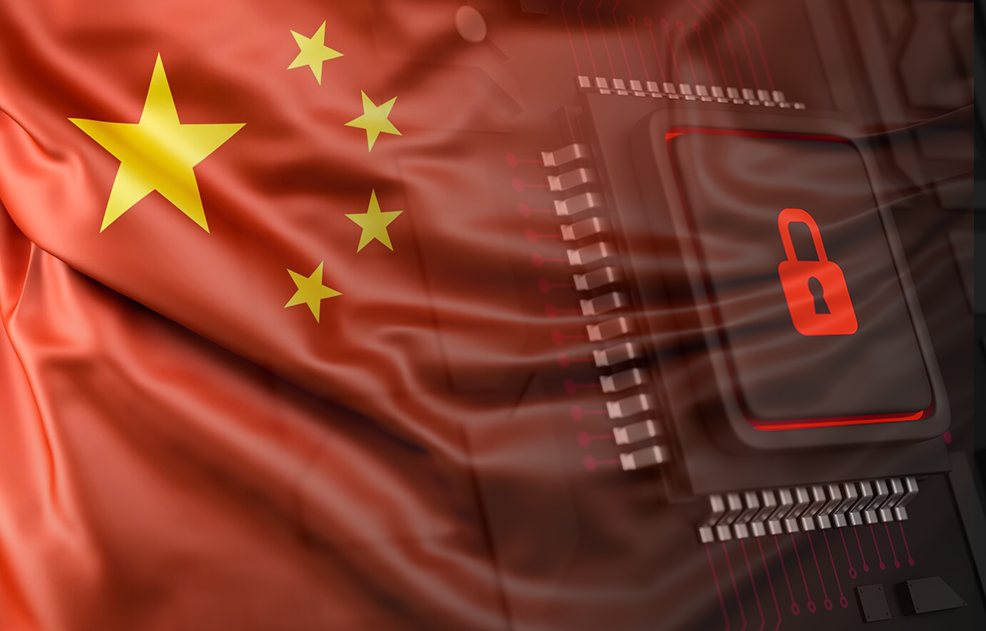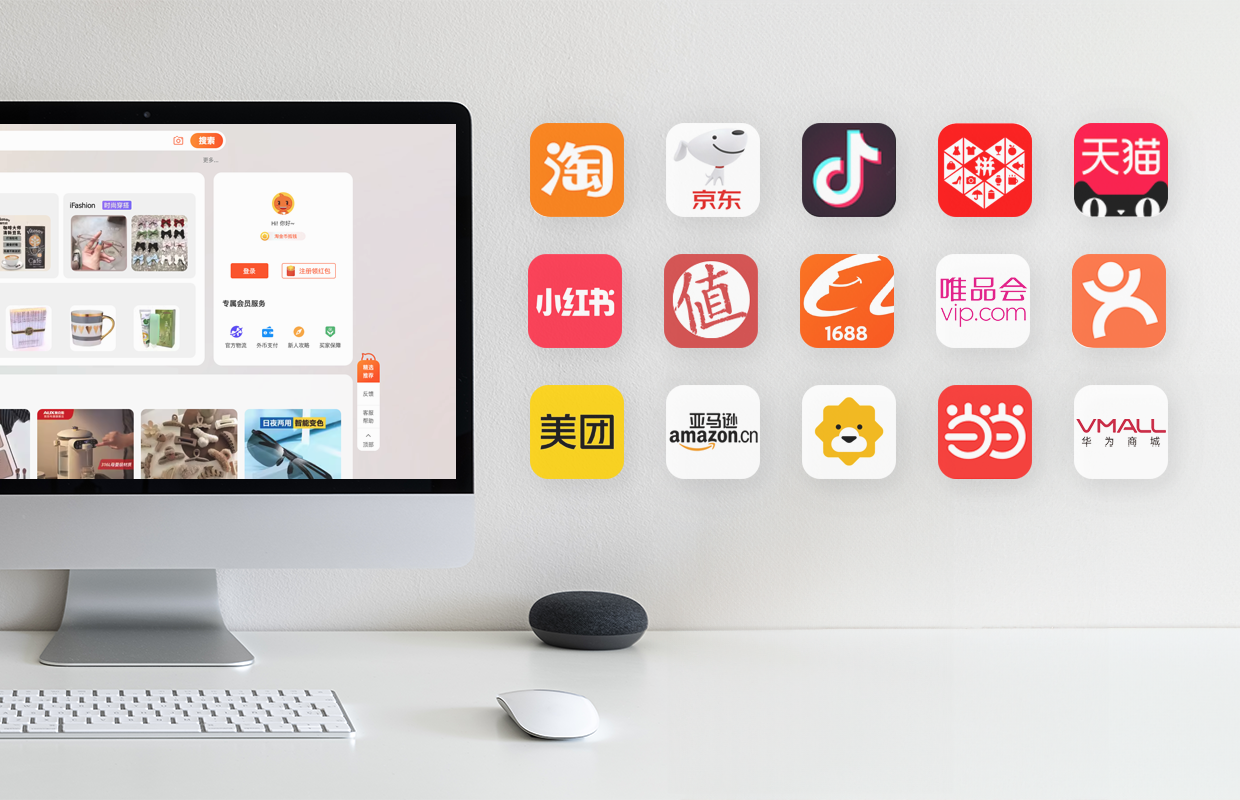2016 is a great year of growth and transformation for China eCommerce. Drawing to a close, we compiled five bold predictions, forecasting what may occur for the upcoming 2017 in the world of China eCommerce.
AR technology making a grand entrance
During the past year, eCommerce retailers in China focus more on interactivity and consumer engagement through experimenting new technology this year. From live streaming to VR (virtual reality), retailers are experimenting new ways to satisfy technology-crazed Chinese consumers.

So what could be the game changer in 2017? We predict that AR (Augmented Reality) technology will be seen more in China eCommerce.

Augmented reality is the integration of digital information with the user's environment in real time. Unlike virtual reality, which creates a totally artificial environment, augmented reality uses the existing environment and overlays new information on top of it. Long story short – through your phone camera, AR technology can show you more than your eyeballs can see.

In 2016, mobile game “Pokemon Go” has demonstrated the potential of AR; in 2017, we will see AR affect customer’s buying decision. While shopping online, a customer has to imagine and interpret what an item would feel like in their hands, or look like in their home. AR technology helps overcome this online buyer’s challenge by transforming an imagination into a reality.
Cinemagraphs is the new (and better) GIF
Using GIF animation has been an emerging trend for eCommerce in China. They are loaded fast, enjoyable, and helpful when it can show the product feature the right way. China eCommerce shoppers, especially the young crowds seem to love it.

Ever heard of “Cinemagraph”? Entering 2017, this may be the better animation to top gif and make your eCommerce contents more attractive.

Developed in 2011, cinemagraphs are GIF images that combine still photography and video to produce a stunning effect. As shown above, the cinemagraph is motionless except for one or two elements, providing a brilliant juxtaposition between the motion and the motionless.

We believe this crossover between image and video with subtle movements can catch your viewer’s attention therefore create a social buzz. Keep in mind that Chinese eCommerce customers are social-savvy and demand more images to show different aspects of products. That being said, it is essential to have great content presented in attractive ways.
WeChat Mini-app draws eCommerce attention
WeChat will launch its latest function “Mini App” very soon. Mini-apps are applications that you can immediately use without having to install anything through WeChat.
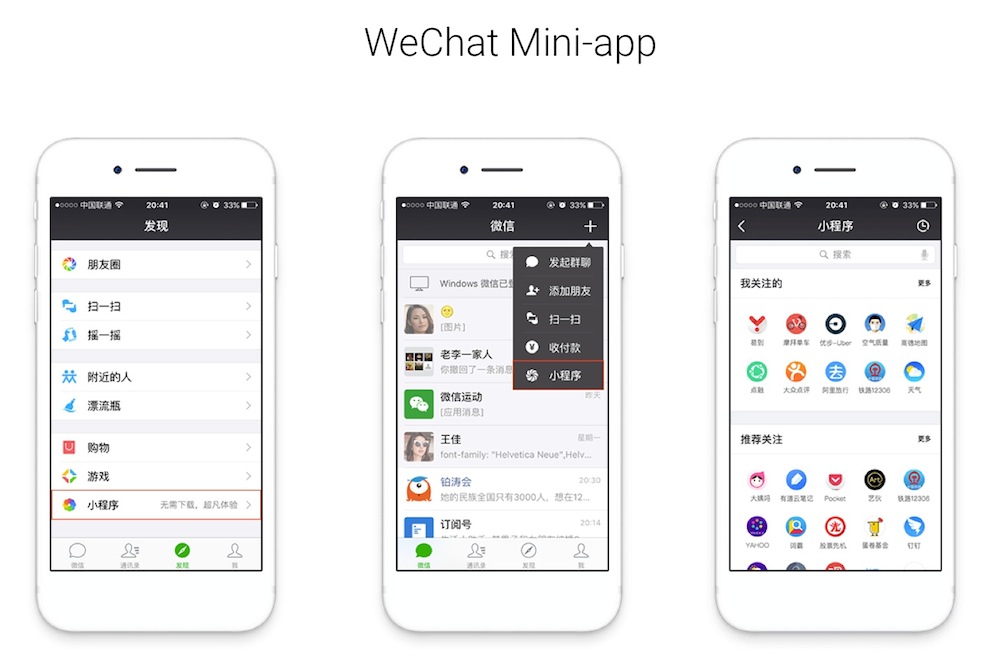
This “Apps within an app” could give brands and eCommerce businesses new and more valuable ways of reaching consumers. Since numerous Chinese mobile users spend very long time on WeChat, this would be the new battlefield for brand to reach, engage and sell.
In 2017, with the growing popularity of WeChat Payment and the social advantage of WeChat itself, WeChat Mini-app eCommerce will be a big threat for Taobao, existing leading eCommerce platform in China.
New eCommerce models ready for battle
In China eCommerce landscape, Taobao and JD are no doubt the “Goliaths”. Both eCommerce giants share the similar eCommerce model: the combination of C2C and B2C model.
However, group of “Davids” prove that other eCommerce models in China work great, too. We witnessed the rise of vertical eCommerce, who focus on depth. Meanwhile, self-operating eCommerce platforms are being favored since it guarantees quality. Social commerce platforms are exceptional too, since they started as content aggregators and always put users first. Last but not least, never forget about brand official eCommerce site, which will always be the No.1 choice for its followers.
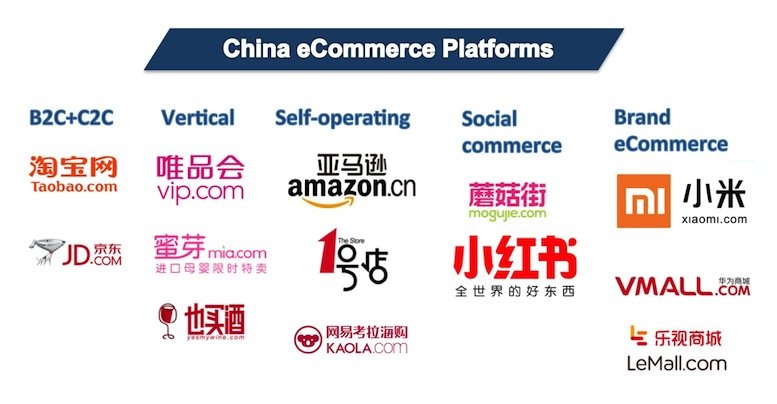
Entering 2017, what is the next new and upcoming wave of innovation in the China eCommerce? One thing to keep an eye on is: subscription eCommerce model.
The logic behind it is rather simple: Customers sign up for a monthly (or recurring) payment, and the company provides products every month.

Dollar Shave Club, one of the most successful subscription eCommerce in USA
This model has proved success in western world within quite a few fields, for example, male essentials (razors, underwear, socks), daily essentials (coffee, pet food). Not only it brings conveniences to customers, but also will help an eCommerce business achieve lower retention spend, greater revenue and order predictability and higher margins.
Hippo&Crate is an early subscription eCommerce innovator in Shenzhen and offering toothbrushes and other oral care products. It serves both desktop and PC users, and allows customers to order and pay through WeChat platform.

More Paths for users to enter eCommerce
Shopping on eCommerce in China is no longer a one-way street: Not only open “Tmall” app or type in JD.com in your browser, shoppers can enter eCommerce through watching online videos or playing mobile games.
The fact is: eCommerce want to create more referral paths for different customers to enter. Whether the channel is a video media, a social network, or a map navigation app, it can all become an entrance for an eCommerce purchase.
“Xiachufang” is a great example. It is a cooking app first and foremost, letting users find recipes for different gourmet. Recently the new eCommerce feature took a step further: It allows user to buy the ingredients through Xiachufang.
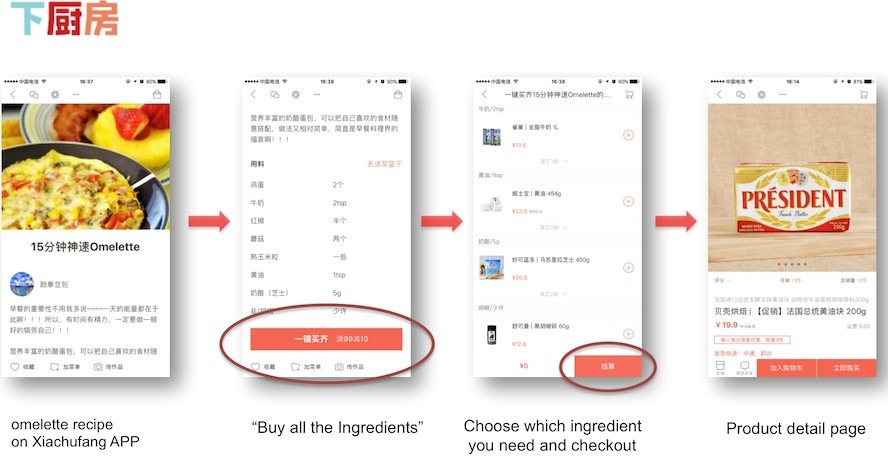
Another good example can be found on AMAP. AMAP has integrated with Tmall, showing users eCommerce info even they are searching offline stores.
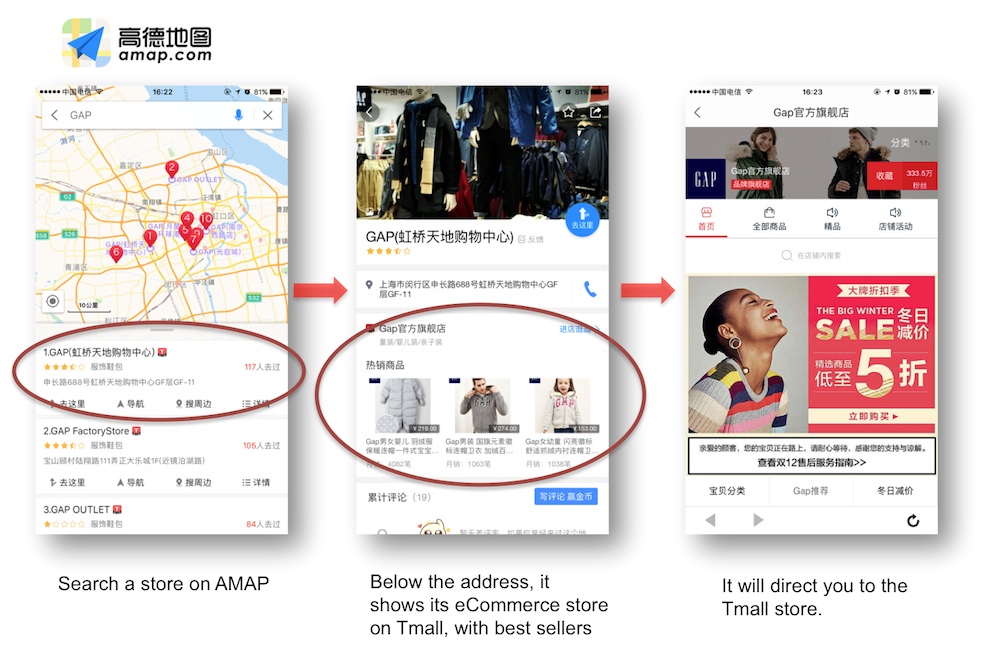
Mobile users in China usually find advertisements annoying, given that how can eCommerce reach success on creating more referral paths? The key is to make the “entrance” more relevant. Only the contents viewers find useful can drive them through, and finally turn visitors to shoppers.
First-ever eCommerce law to regulate eCommerce
China's top legislature is deliberating a draft law that will regulate and facilitate eCommerce. According to the draft, China will digitalize the declaration, tax payment, inspection and quarantine procedures for cross border eCommerce activities. In addition, the draft law said China would push forward exchange and communication on cross border eCommerce with different countries and regions.
China is the world's largest eCommerce market, and all signs point that cross border eCommerce in China will develop into a healthier, more regulated mechanism in the upcoming year.
More change on cross border eCommerce policy?
Earlier in November, the Ministry of Commerce announced that the new tax policies for cross border eCommerce will be postponed further, [Breaking News] Cross Border eCommerce Policy Postponed to End of 2017The Ministry of Commerce ofChina (MOF) announced today that the new tax policies for cross border eCommerce will be postponed till the end of year 2017.till the end of year 2017. This will help more foreign business lay out their cross border eCommerce in China in an orderly way.
It is the second time China decided to put this new cross border eCommerce policy on hold in eight months. Will there be a third postpone? Probably not, since China government generously left 20 months for all the cross border eCommerce retailers in China as a ‘transition period’.
However, we will remain an open attitude whether there will be minor changes on the cross border eCommerce policy. China government has issued two versions of “Positive List” last year, so it won’t be a big surprise if another “positive list” released in 2017.



